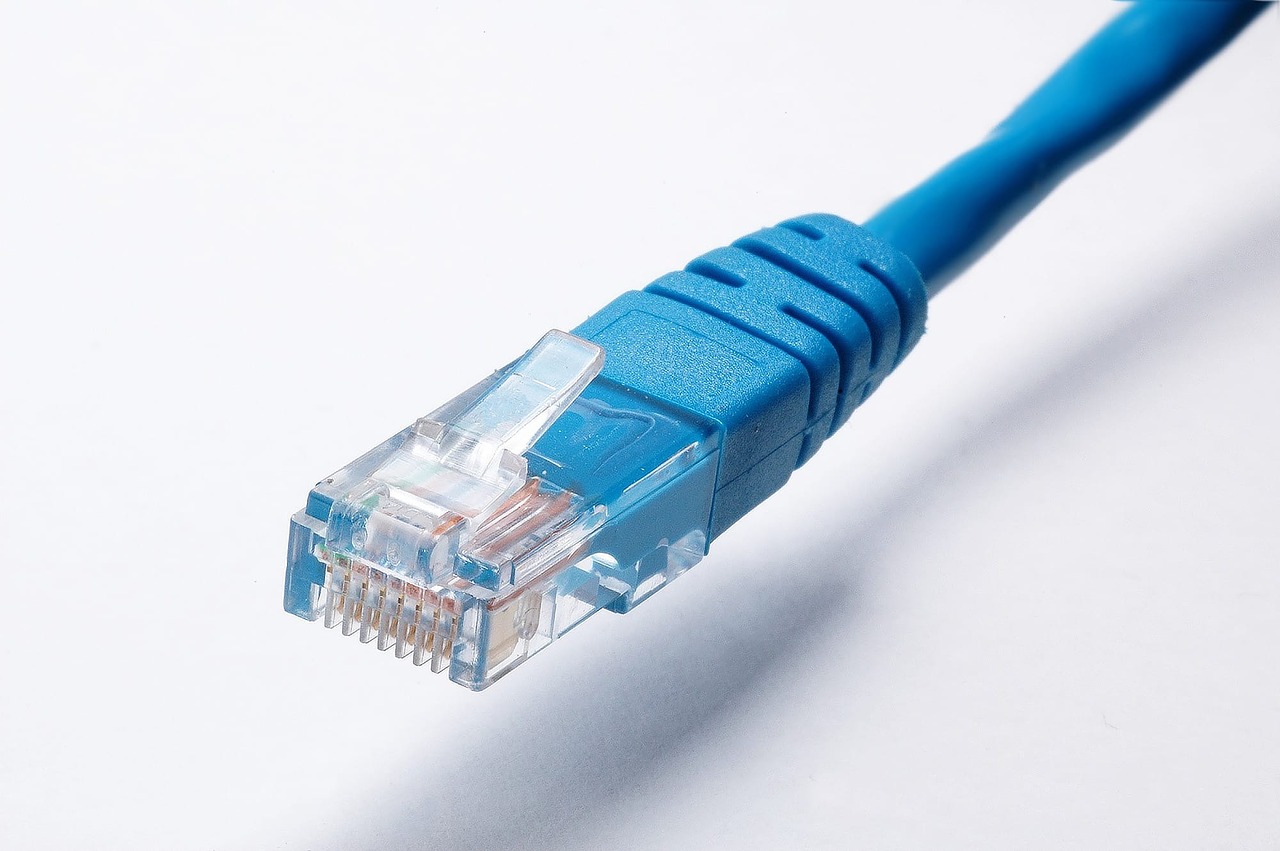Thousands of people are still moving to Ireland for work.
Migration has provided an important source of labour for Ireland since around 2015.
The share of non-Irish nationals in the labour force was at 16.3% in 2018 (same as the 2008 peak).
There is likely to be more non nationals in the labour force as we are seeing skills and labour shortages especially in the areas of information and communication technologies professionals as well as construction and property professionals.
The “Labour Force Participation rate” is the fraction of the working-age population over 15 either working or looking for a job.
Non-Irish nationals’ employment participation rate is much higher than that of the Irish. (74.3% vs 60.3% in 2018).
While the employment rate of both Irish and non-Irish nationals has picked-up since 2015, the gap in favour of non-Irish nationals has widened to 10 percentage points.
As migrants’ qualifications have improved—49% of immigrants had tertiary education in 2018—immigration may play an important role as a source of skilled labour in a tightening labour market. Hence, migration will likely play an increasing role in driving economic growth.
But – significant net inward migration in the future could also increase the strain on the already tight housing market in the short term – especially in Dublin.

